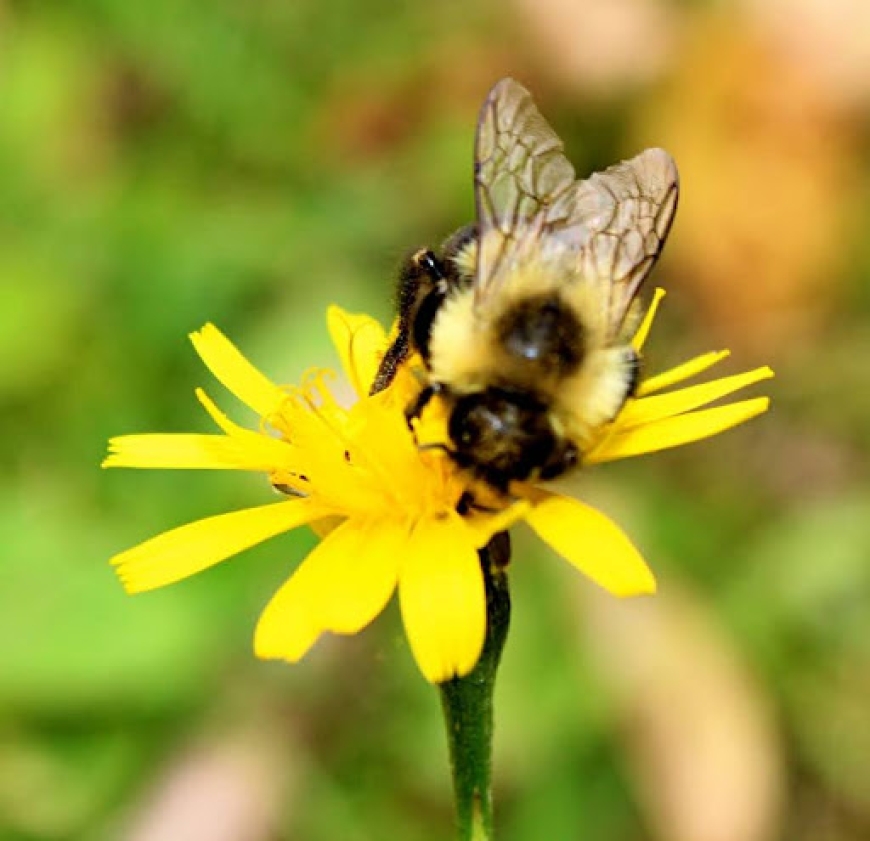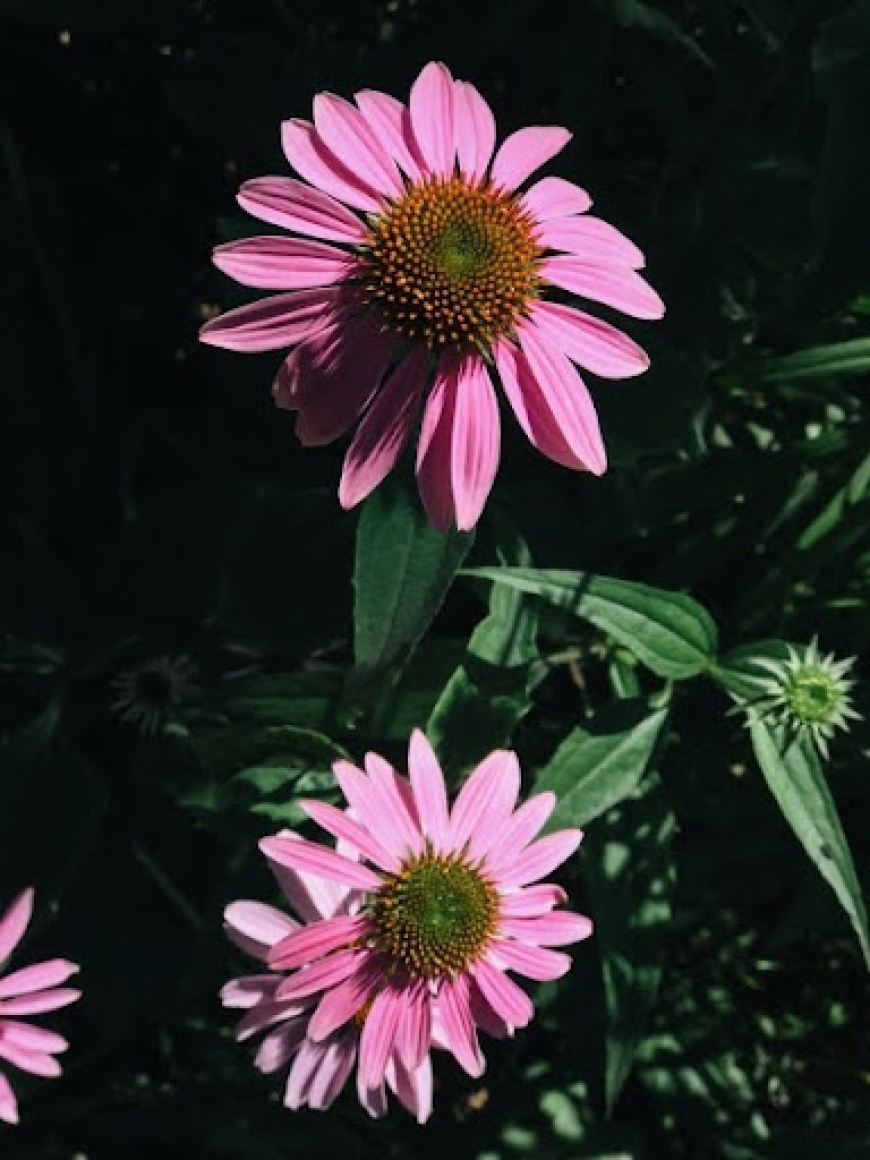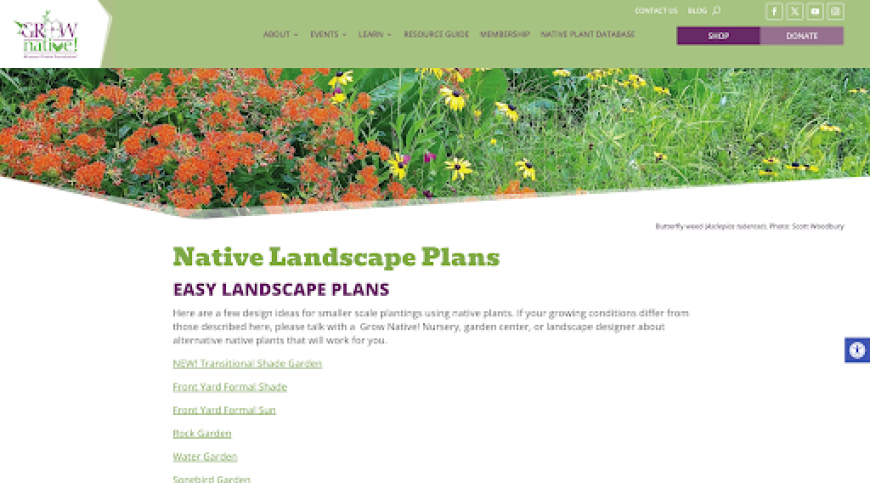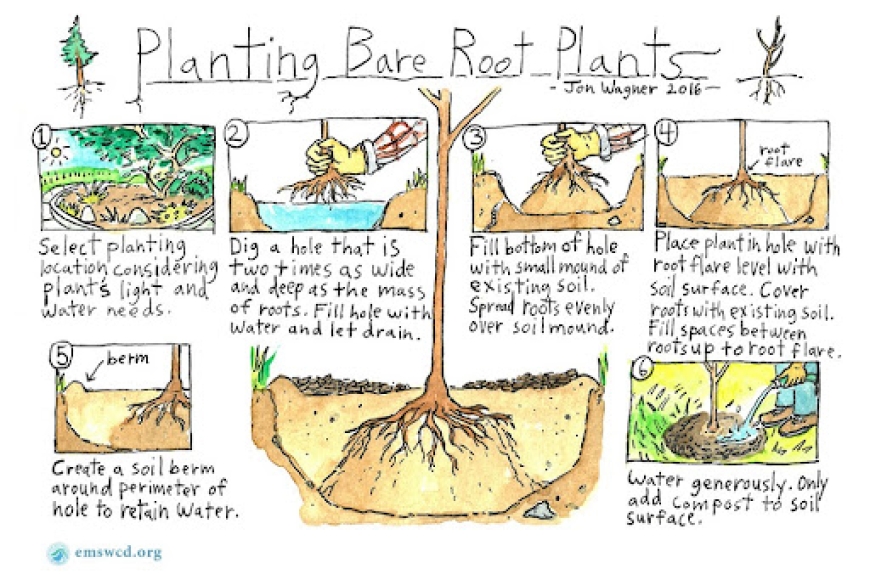







North Country Native Plant Gardening - A Sustainable Approach
Gardening in the North Country presents unique challenges and opportunities. With its distinct climate, soil conditions, and ecosystem, the North Country is the perfect place to embrace native plants in your garden. Native plants are species that have evolved to thrive in this specific region, making them an excellent choice for sustainable and low-maintenance gardening. Here’s why you should consider gardening with native plants in the North Country and how to get started.
Choosing to garden with native plants in the North Country offers a range of benefits that align perfectly with the local environment. Native plants are adapted to the region’s specific climate and soil conditions. Furthermore, native plants support local wildlife providing essential habitat and food sources for pollinators. By incorporating native plants into your garden, you contribute to the preservation of the local ecosystem, enhance biodiversity, and create a beautiful, resilient landscape that reflects the natural heritage of the North Country. Read each section below to learn a few reasons why native plants benefit your garden!
ADAPTED TO LOCAL CONDITIONS→ Native plants in the North Country are adapted to withstand harsh winters, variable soil types, and the short growing season. Researching plant strategies for overwintering and employing common techniques, such as mulching, using protective covers, and selecting cold-hardy varieties, can further ensure the success and longevity of your native plant garden.
SUPPORT LOCAL WILDLIFE→ By planting native species, you provide essential habitat and food sources for local wildlife, including birds, butterflies, and bees. These plants play a crucial role in maintaining the health and biodiversity of the local ecosystem. Additionally, native plants and local wildlife often develop codependent relationships that are vital for their survival. For example, certain native bees evolve their pollen-harvesting techniques to rely exclusively on a single plant species. By including these specific native plants in your garden, you support these specialized pollinators, ensuring they can continue to thrive and contribute to the overall health of the ecosystem. This interdepedence underscores the importance of preserving native plant species as a means of fostering and maintaining biodiversity.
WATER CONSERVATION→Native plants typically require less water than non-native species once established, making them an excellent choice for conserving water. In the North Country’s deciduous climate, where water is typically plentiful, native plants can still play a crucial role in creating a resilient garden. Their deep root systems help manage excess water during rainy periods and improve soil structure, reducing erosion and runoff. By choosing native plants, you not only conserve water but also enhance the natural water management of your garden, ensuring it thrives in the region’s specific climatic conditions.
RESEARCH AND PLANNING→ Begin by identifying which plants are native to the North Country. Resources such as local extension services, botanical gardens, and native plant societies can provide valuable information. Some popular native plants in the North Country include New England aster, cardinal flower, and various species of ferns and grasses. It is also important to consider the specific conditions of your garden, including sunlight, soil type, and moisture levels. Choose plants that match these conditions to ensure they thrive. For instance, black-eyed Susans and purple coneflowers are great for sunny spots, while trilliums and ferns do well in shaded areas.
SOURCING NATIVE PLANTS→ Purchase plants from local nurseries that specialize in native species. Avoid collecting plants from the wild as this can harm natural populations and ecosystems. Many nurseries offer native plants and can provide guidance on planting and care. In the North Country, consider visiting local nurseries such as the Saratoga Tree Nursery in Saratoga Springs or St. Lawrence Nurseries in Potsdam. These nurseries have a wide selection of native plants and knowledgeable staff who can help you make the best choices for your garden.
PLANTING AND MAINTENANCE→ When planting, follow guidelines for spacing and depth to give your plants the best start. Consider grouping the same plant together in a colony, as this helps them establish themselves more effectively by creating a microenvironment that supports their growth. Initially, water them regularly until they are well-established. Once established, native plants generally require minimal maintenance. Mulching can help retain soil moisture and suppress weeds, but avoid using invasive species as mulch.
ENJOY THE BENEFITS→ One of the most rewarding aspects of gardening with native plants is observing the wildlife they attract. Spend time in your garden to enjoy the beauty and activity. You’ll likely notice an increase in pollinators like bees and butterflies, as well as birds and other wildlife that depend on these plants.
TIPS FOR SUCCESS
- Diverse plantings are key… mix a variety of native species to create a resilient and attractive garden, but avoid mixing them all together. Instead, plant different species in separate groupings to highlight their unique characteristics and ensure they thrive. Different plants bloom at different times, ensuring continuous interest and support for wildlife throughout the growing season. This approach not only enhances the visual appeal of your garden but also provides diverse habitats for various local wildlife. This approach not only enhances the visual appeal of your garden but also provides diverse habitats for various local wildlife. Incorporating plants like coneflowers, daylilies, and black-eyed Susans ensures a vibrant and colorful display throughout the spring, summer, and fall seasons.
- Soil health is plant health… healthy soil is the foundation of successful garden. Use organic compost to improve soil structure and fertility, and avoid synthetic fertilizers and pesticides that can harm beneficial organisms. Add mulch or wood chips to isolate the soil ecosystem from the surface
- Community involvement, community enjoyment… Join local gardening clubs or native plant societies to learn from experienced gardeners and participate in community projects. Sharing knowledge and experiences can enhance your gardening efforts and support local conservation initiatives.
Gardening with native plants in the North Country is a sustainable and rewarding approach that benefits both the gardener and the environment. By choosing plants that are adapted to local conditions, you create a beautiful, low-maintenance garden that supports biodiversity and conserves resources. Embrace the natural beauty of the North Country by incorporating native plants into your landscape and enjoy the many benefits they bring to your garden and the wider ecosystem. For more organized resources and guidance, consider exploring the Garden for Wildlife program run by the National Wildlife Federation, which offers extensive information on creating wildlife-friendly gardens using native plants.
Happy gardening!

